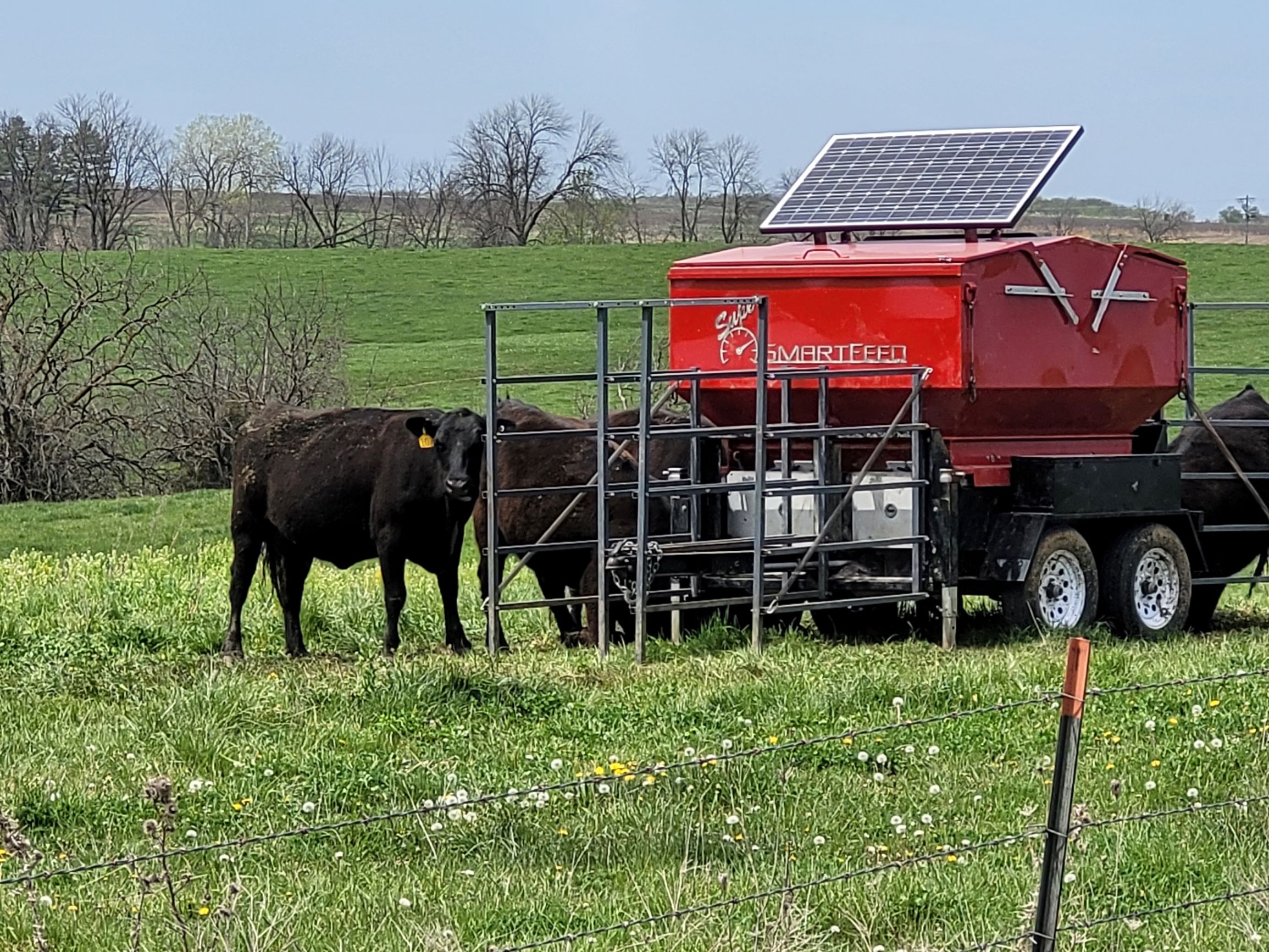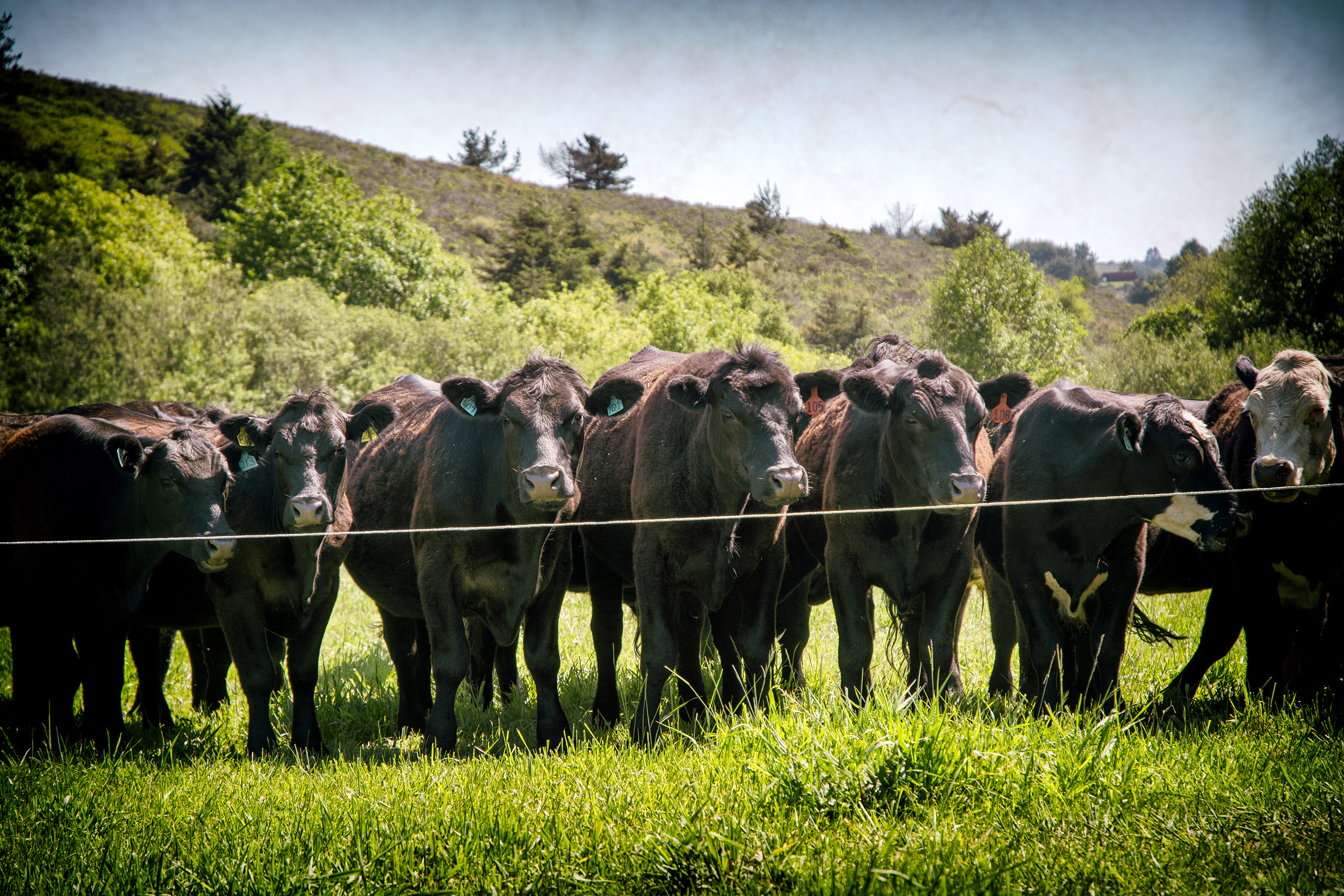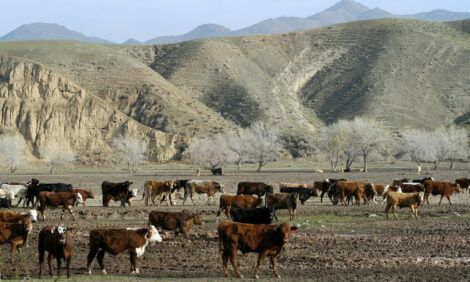



Iowa State's research farms boast new smart feeding system
Iowa State's research farms are embracing smart feed systems and new precision farming technologies, putting innovation to work for farms in the future.Smart feeder monitors cattle feed intake
The automated C-Lock Super SmartFeed System arrived last year at the McNay Memorial Research Farm near Chariton in Lucas County and is being used to monitor cattle and calves’ feed intake in research trials.

The solar-powered feeder has four stalls that use wireless data from the cows’ electronic identification tags to allocate a specified amount of feed. It also records the amount consumed and tracks the number and timing of an individual animal’s visits to the feeder. The information can be tracked by smart phone and through a website that includes an easy-to-use dashboard, said Logan Wallace, McNay farm co-manager.
“One of the great things about the smart feeder is you can do supplementation trials without splitting cattle into different groups. That’s especially helpful when studying animals on pasture where intake is hard to track,” Wallace said.
A research team led by Patrick Wall, area beef field specialist for southeast Iowa, has been using the feeder for cow-calf studies with the farm’s registered Angus herd, including a creep feeding project designed to study use of a supplement fed to pasture-raised, spring-born calves and fall-born calves raised in a dry lot. Another study is looking at mineral intake by cows and calves. Wall is working with Wallace and other collaborators, including Beth Reynolds, Extension Beef Program Specialist, on the projects funded by the Iowa Beef Center and the Illinois Beef Association Checkoff Division.
The studies have shown much greater differences between the animals’ feed intake than the research team would have expected.
The first couple of trials showed the calves’ intake varied widely -- between 0 to 15 pounds per day (the maximum they were allowed) -- for calves that had the same weaning weight and were all healthy, according to Wall.

He predicts the information can help breed associations rethink their expected progeny differences, or EPDs, to better tailor management recommendations -- and encourage producers to be more selective in purchasing breeding stock for more efficient livestock. “Particularly in periods like this with higher grain prices, animals that can do more with less are much more desirable,” Wall said.
At this time, the smart feeder can only be used for up to 100 animals at a time and would be cost-prohibitive for most on-farm uses, though Wall expects the technology will soon filter down to the high-end seed stock sector. He said there are already some versions out there more suited to farm use that can read ID tags to tailor the amount of feed to the animal, for example to supplement feed for heifers while they’re still growing.
The new smart feeder will be highlighted at the Beef Improvement Federation Meetings in Des Moines in June and at field days planned for later this year throughout Iowa.


